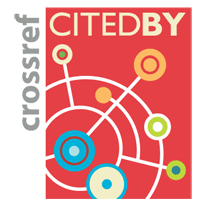Landau levels in curved space realized in strained graphene
Glenn Wagner, Fernando de Juan, Dung X. Nguyen
SciPost Phys. Core 5, 029 (2022) · published 23 May 2022
- doi: 10.21468/SciPostPhysCore.5.2.029
- Submissions/Reports
-
Abstract
The quantum Hall effect in curved space has been the subject of many theoretical investigations in the past, but devising a physical system to observe this effect is hard. Many works have indicated that electronic excitations in strained graphene realize Dirac fermions in curved space in the presence of a background pseudo-gauge field, providing an ideal playground for this. However, the absence of a direct matching between a numerical, strained tight-binding calculation of an observable and the corresponding curved space prediction has hindered realistic predictions. In this work, we provide this matching by deriving the low-energy Hamiltonian from the tight-binding model analytically to second order in the strain and mapping it to the curved-space Dirac equation. Using a strain profile that produces a constant pseudo-magnetic field and a constant curvature, we compute the Landau level spectrum with real-space numerical tight-binding calculations and find excellent agreement with the prediction of the quantum Hall effect in curved space. We conclude discussing experimental schemes for measuring this effect.
Cited by 4

Authors / Affiliations: mappings to Contributors and Organizations
See all Organizations.- 1 Glenn Wagner,
- 2 3 Fernando de Juan,
- 4 Dung Nguyen
- 1 Rudolf Peierls Centre for Theoretical Physics, University of Oxford
- 2 Donostia International Physics Center [DIPC]
- 3 Basque Foundation for Science / Ikerbasque
- 4 Brown University
